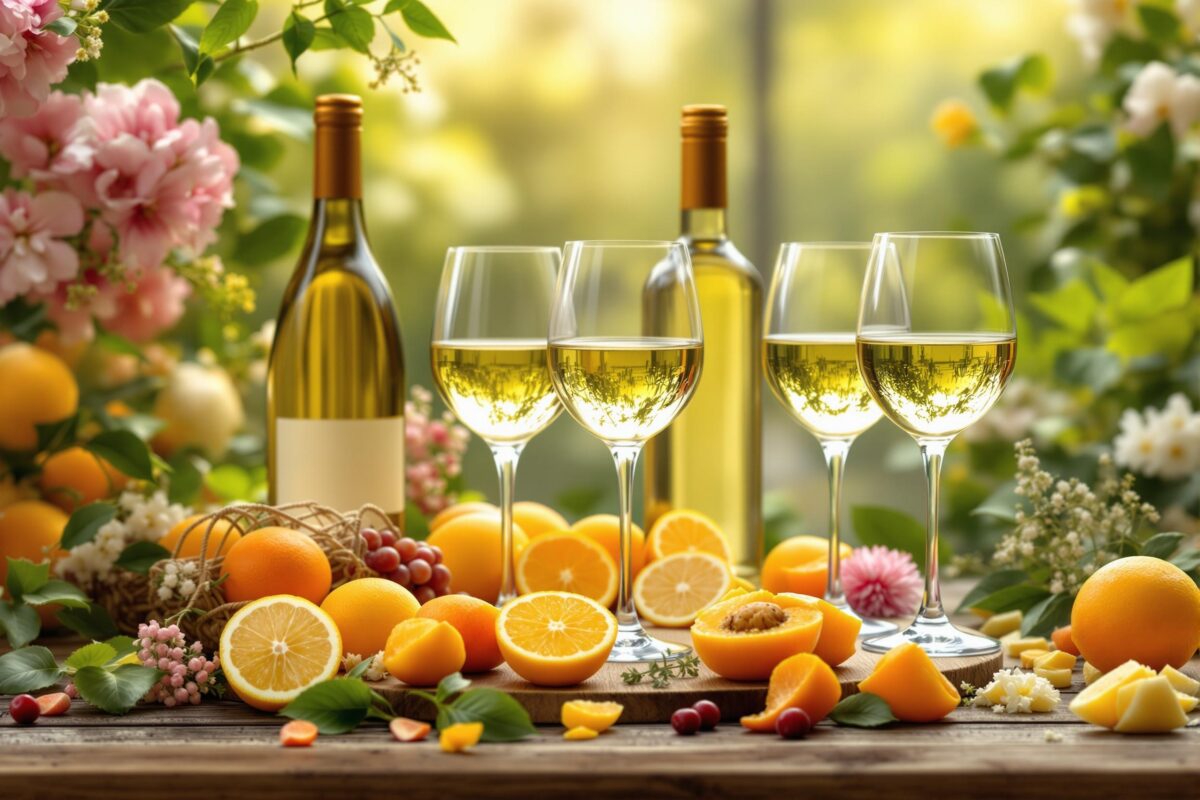Unveiling the World of White Wine Aromas
Imagine swirling a glass of crisp white wine, its delicate bouquet rising to meet you. This isn’t just a beverage; it’s a sensory experience, a journey into a world of intricate aromas. From the bright citrus of a Sauvignon Blanc to the honeyed floral notes of a Gewürztraminer, white wines offer a captivating spectrum of scents. This exploration will guide you through the fascinating nuances of white wine aromas, equipping you with the knowledge and skills to truly appreciate each sip.
Trend Analysis: Current Discoveries and Future Trends in Wine Aromas
The world of wine aromas is constantly evolving. Sustainability is a major focus, with winemakers prioritizing terroir expression – capturing the unique aromatic fingerprint of a specific vineyard or region. Think of the minerality of a Chablis, a direct reflection of its limestone-rich soil. Emerging technologies, including sensory science, are providing a deeper understanding of how we perceive and appreciate these aromas, paving the way for personalized wine experiences tailored to individual preferences.
What does the future hold? Imagine wines with aroma profiles crafted to match your specific taste, or organic and biodynamic practices leading to even more complex and nuanced bouquets. The quest for exciting new aromatic expressions is driving innovation in viticulture and winemaking, promising a bright future for white wine enthusiasts.
In-Depth Exploration: Key Factors Shaping White Wine Aromas
A multitude of factors influence a white wine’s aroma, from the grape itself to the winemaking process. Varietal plays a key role. Riesling, for example, often boasts vibrant floral and apricot aromas, while Sauvignon Blanc can express grassy, herbaceous notes. Terroir – the unique combination of soil, climate, and topography – adds another layer of complexity. A Chardonnay grown in Burgundy will have distinct characteristics compared to one grown in California, even with identical winemaking techniques.
Climate significantly impacts aroma development. Cooler regions tend to produce wines with brighter acidity and more delicate aromas, whereas warmer climates can lead to fuller-bodied wines with riper fruit notes. Winemaking choices, including fermentation temperature and aging methods, also contribute to the final aroma profile. Oak aging, for instance, can impart notes of vanilla, spice, and toast. Even the timing of harvest can influence a wine’s aromatic expression, with earlier harvests emphasizing fresh, green notes and later harvests yielding riper, fruit-forward characteristics.
Innovative Approaches: Training Your Nose with Expert Tools and Methods
Developing your ability to discern and appreciate white wine aromas is a skill that can be honed with practice and the right tools. Aroma kits are invaluable resources, providing a structured way to learn and identify specific scents. These kits typically contain vials of isolated aroma compounds, allowing you to isolate and familiarize yourself with key aromatic descriptors.
Regular smelling exercises, including blind tastings, help build aroma recognition and memory. Wine aroma wheels offer a visual guide, categorizing aromas into families, from floral and fruity to earthy and spicy. Don’t underestimate the power of everyday experiences. Paying attention to the scents around you – in your kitchen, garden, or local market – can expand your olfactory vocabulary and enhance your wine tasting experience. Interactive apps and online resources also offer innovative ways to train your nose and deepen your understanding of white wine aromas.
Sensory Visuals: Infographics on Aroma Profiles and Pairings
Imagine an infographic showcasing the aroma profiles of different white wine varietals. A visual representation of key descriptors, perhaps using an aroma wheel, could instantly clarify the aromatic differences between a Pinot Grigio and a Viognier. Another infographic might explore food and wine pairings, visually linking aroma profiles with complementary dishes. Picture a citrusy Sauvignon Blanc paired with fresh seafood, the visual connection reinforcing the pairing’s harmony. These infographics are not just aesthetically pleasing; they’re powerful tools for understanding and applying your knowledge of white wine aromas.
Expert Tips: Steps to Master Wine Aroma Identification and Appreciation
Mastering white wine aromas is a journey, not a destination. Start with focused tasting sessions. Swirl, sniff, and concentrate on the layers of aromas. Don’t be afraid to use descriptive language, even if you’re unsure. Blind tastings are crucial for developing your sense of smell without relying on visual cues.
Explore a wide range of wines. Each varietal and region offers a unique aromatic experience. Attend tastings and workshops, learn from experts, and share your experiences with others. Keep a wine journal to track your progress. Most importantly, be patient and enjoy the process. With dedication and a curious palate, you can unlock a deeper appreciation for the captivating world of white wine aromas.
